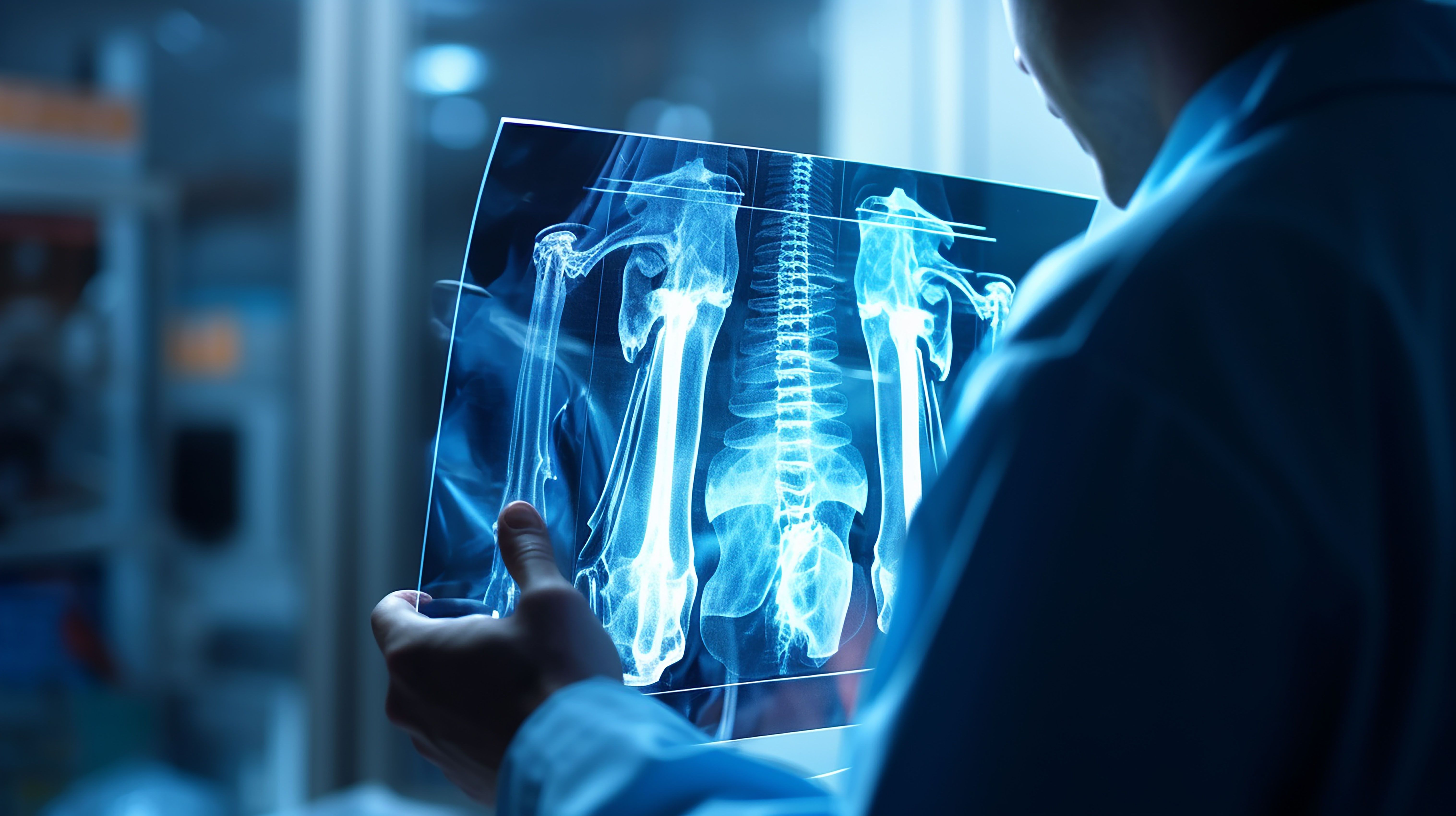Advancements in technology have allowed for improved assessments of bone health and fracture risk in postmenopausal women, according to data highlighted at The Menopause Society 2023 Annual Conference.
Takeaways
- Advancements in technology have improved assessments of bone health and fracture risk in postmenopausal women.
- Dual energy x-ray absorptiometry (DXA) is currently the best method for measuring bone mass and fracture risk, but it has limitations that require additional aids for accurate assessments.
- Postmenopausal women are at increased vulnerability for osteoporosis and osteopenia due to decreasing estrogen levels, making discussions about bone health crucial in this population.
- Newer minimally invasive technologies, such as trabecular bone score (TBS), vertebral fracture assessment (VFA), and impact microindentation (IMI), offer more comprehensive evaluations of bone health beyond bone mineral density.
- Osteoporosis is often asymptomatic until a fracture occurs, emphasizing the importance of regular bone mineral density measurements using DXA to assess fracture risk in at-risk women.
Currently, the best available method of measuring bone mass and fracture risk is dual energy x-ray absorptiometry (DXA). However, DXA alone leads to gaps in knowledge, requiring additional aid for accurate measures of bone health to be obtained.
Vulnerability toward osteoporosis and osteopenia is increased in postmenopausal women because of estrogen levels decreasing during the menopause transition, making discussion of bone health vital in this population. Bone mass accounts for 60% to 75% of bone strength, making DXA the primary method for assessing bone fracture risk in postmenopausal women.
Newer minimally invasive technology for evaluating overall bone health in a patient beyond bone mineral density were discussed at The Menopause Society 2023 Annual Conference by Marcella Walker, MD, from Columbia University's Division of Endocrinology.
"It is important for both clinicians and patients to understand that osteoporosis doesn't cause any symptoms until a fracture occurs,” said Walker.“ That is why it is so essential for women at risk to have bone mineral density measured by DXA.”
Advances in bone health assessment include trabecular bone score (TBS), vertebral fracture assessment (VFA), and impact microindentation (IMI). TBS predicts fracture risk independently of bone mineral density by measuring the spine trabecular microarchitecture obtained from the DXA image.
Vertebral fractures often go undetected, but can be identified using VFA, which is performed on a densitometer. IMI, approved by the FDA within the last 2 years, measures bone material strength by determining the distance a probe extends into tibial bone cortex. This is accomplished using a minimally invasive, hand-held device.
"This presentation should provide valuable insights about the various technologies available to healthcare professionals in order to get a more accurate picture of their patients' risk for fracture" said Stephanie Faubion, MD, MBA, medical director for The Menopause Society. "Bone health and avoiding fractures is such an important issue for women at midlife."
Reference
New technologiesaid in accurately identifying bone fragility. The Menopause Society. September 27, 2023. Accessed September 27, 2023.

